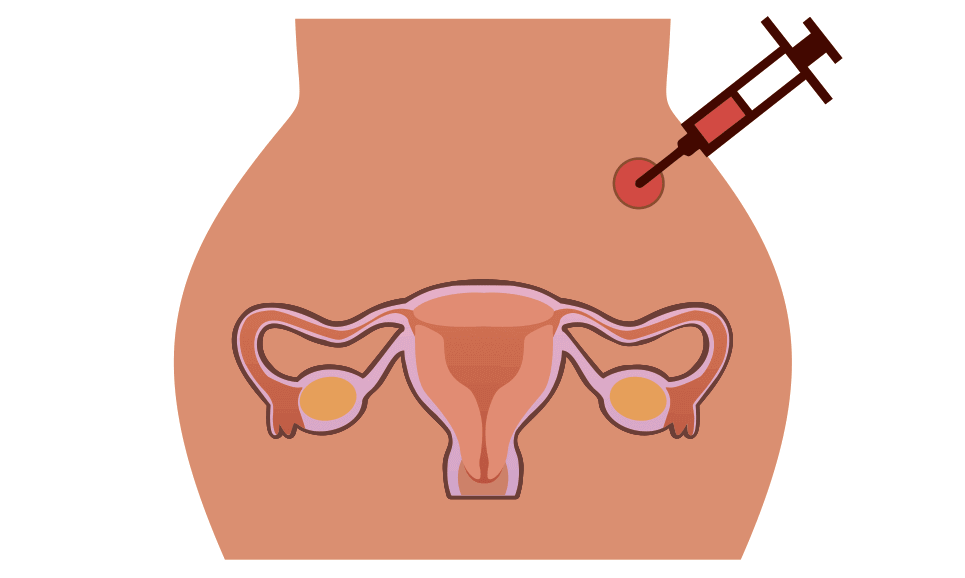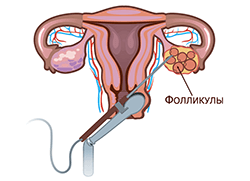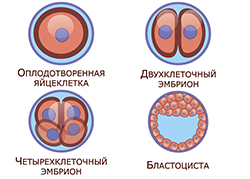In Vitro Fertilization (from Lat. extra — outside, outside and Lat. corpus — the body, that is, fertilization outside the body, socr. IVF) is an assisted reproductive technology used to treat infertility. Synonyms: “in vitro fertilization”, “in vitro fertilization”, “artificial insemination”, in English is denoted by the abbreviation IVF (in vitro fertilization).
During IVF, the egg is extracted from the woman’s body and artificially fertilized in “in vitro” (“in vitro”), the resulting embryo is kept in an incubator, where it develops for 2-5 days, after which the embryo is transferred to the uterine cavity for further development. To grow an egg in the ovaries, the reproductive doctor uses hormonal stimulants.
Reproductologist is a doctor who treats infertility using various assistive technologies. At the Ecomed IVF Infertility Treatment Center in Astana, receptions are conducted by experienced reproductive doctors who have completed internships in Europe and the USA, authors of many scientific papers and publications, regular participants of international symposiums, seminars and conferences in the field of reproduction.

Ovulation stimulation
In order for several eggs to mature in a woman’s ovaries at once, gonadotropins and agonists or antagonists of GRG are used. Usually drugs are prescribed from 2-3 days of the menstrual cycle. There are different regimens for taking these drugs, and in each case they are selected individually, taking into account the health status of the woman, her follicular reserve and gynecological pathology.

Ovarian puncture
Approximately in the middle of the cycle (on day 13-15), the doctor performs an ovarian puncture. This is a low-traumatic outpatient IVF operation, which is performed under general intravenous anesthesia. Its duration is about 5-10 minutes.

Fertilization (ICSI/IMSI)
After receiving the cells from the couple, they are fertilized on the same day. To do this, men’s spermatozoa are pre–processed – this is necessary in order to select the most mobile, mature and healthy gametes. After treatment, the cells are placed in a nutrient medium containing oocytes.

Embryo cultivation
Fertilized eggs are placed in a special nutrient medium, after which they are transferred to an incubator. It simulates an environment identical to a woman’s fallopian tubes. Embryos are cultured for 3 to 5 days.

Embryo transfer
At the discretion of the doctor, embryo transplanting is carried out on the 3rd or 5th day. It depends on whether the embryos have reached a certain level of development and how ready the woman’s body is to accept them.
Support and control of pregnancy development
After embryo implantation, the reproductologist prescribes hormonal drugs to the woman, designed to create conditions for the onset of pregnancy and its maintenance. The dosage of medications may change after ultrasound. It is determined by the doctor. After 14 days from the moment of embryo transfer, a blood test for hCG is performed. A week later, a woman is prescribed an ultrasound to confirm pregnancy. Diagnosis of fetal heartbeat is the only reliable confirmation of pregnancy.

The first IVF clinic founded on April 18, 1995 in Kazakhstan

The largest group of 14 IVF clinics in Kazakhstan

Our first test tube baby was born in Central Asia

Full cycle of infertility treatment by IVF

Own bank of donors and surrogate mothers
The amount of examination required for the IVF program
(Approved by the Ministry of Health of the Republic of Kazakhstan on January 7, 2005)
Below is a list of necessary examinations of a married couple before starting an IVF program, indicating the expiration date of each analysis. For your convenience, you can take many studies at your place of residence. In case of clarification of the result of any study, we recommend that it be carried out in our diagnostic laboratory.